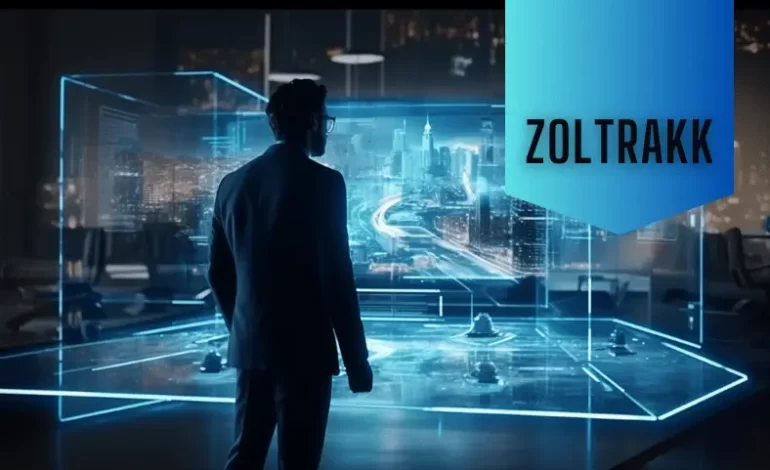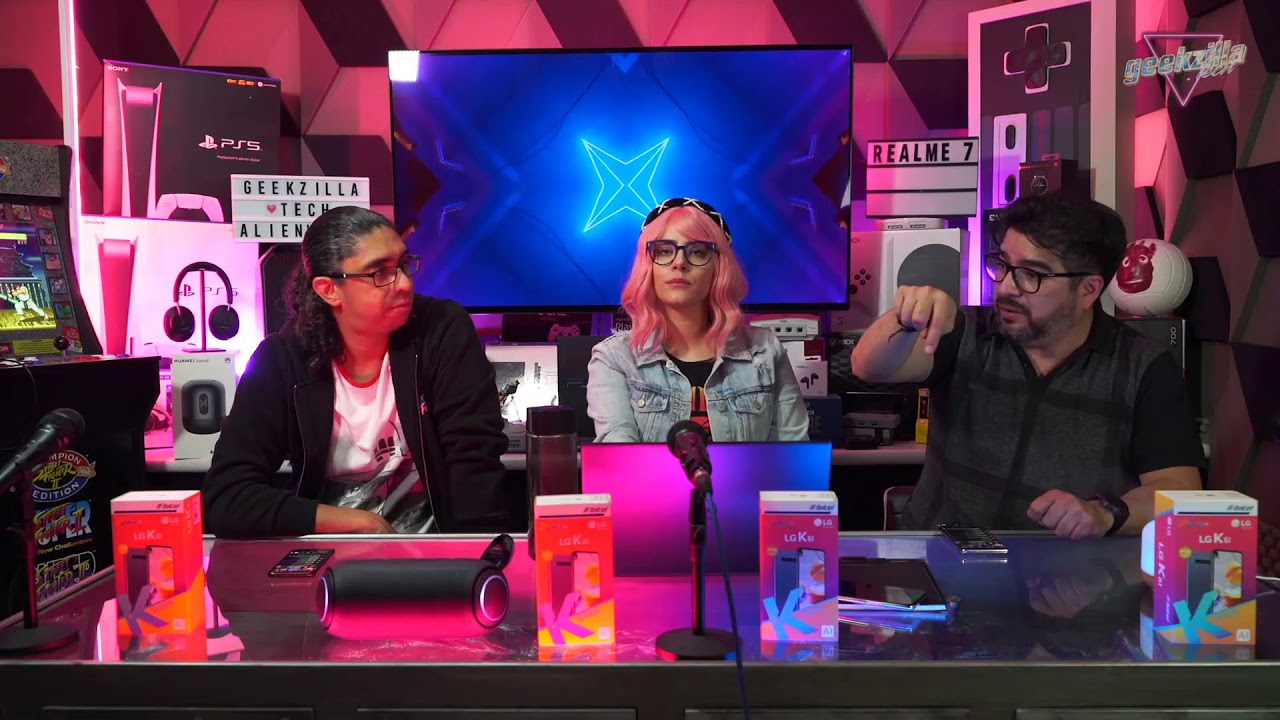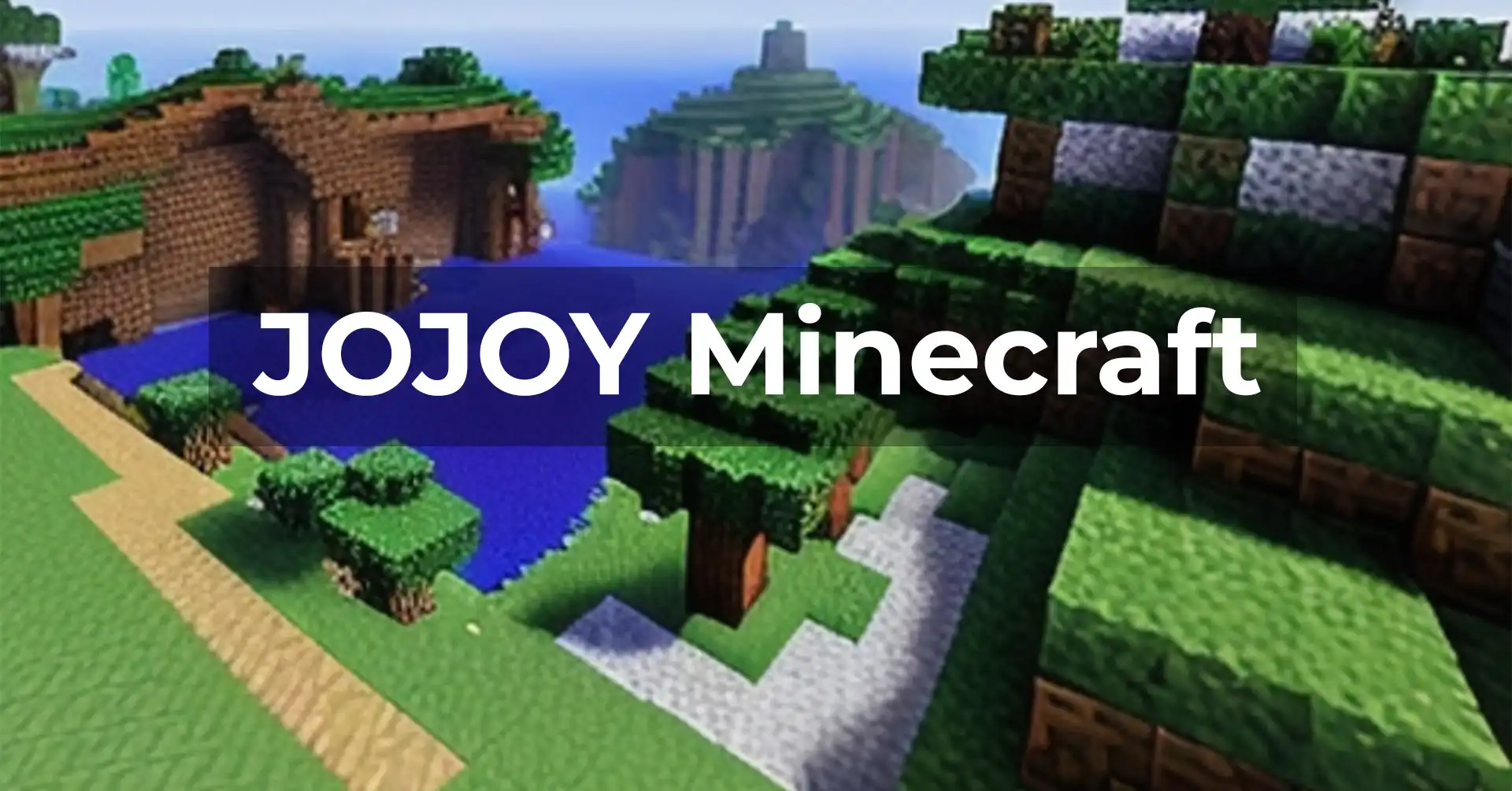Minecraft (2009) Game Icons Banners That Shaped the Game’s Visual Identity
First published in 2009, Minecraft was much more than just a revolutionary gameplay experience; it also came with its peculiar visual identity through simple Minecraft (2009) Game Icons Banners. The elements grew to become synonymous with the pixelated charm of the game, helping to differentiate it from others at that time. While it was the iconic block-shaped logo or in-game banners that add flair to gameplay, visual identity has much to do with making Minecraft instantly recognizable.
How Minecraft (2009) Game Icons Banners Defined the Early Game Experience
Artistic decisions within the game during its earlier life were deliberate and pragmatically sound. The pixeled icons did not work as just placeholders but as an integral part of the whole experience. Each tool icon and block icon had to fit into a resolution that was limited, thus forcing the game to talk its mechanics primarily through minimal design. Banners also provided players with an opportunity to add their signature to a space in the game world, inviting creativity and self-expression from the very start. All of this adds to the ownership and community feel, even when viewed on the surface, a rather simplistic-looking game.

Why Minecraft (2009) Game Icons Banners Still Resonate Today
Even so many graphical updates have come and gone, it is the older 2009 graphics that most players hold dear in their hearts. These raw and nostalgic icons remind everyone of the humble beginnings of the game. Their simplicity reflects the core philosophy: infinite creativity through basic elements. Even when such drastic changes were experienced by the game, people continued to seek resource packs emulating the original look, indicating the endurance and charm these packs possess.
The Development of Minecraft (2009) Game Icons Banners
The Pioneer Icon: A Pixelated Revolution
First Of all Minecraft (2009) Game Icons Banners weren’t polished by today’s industry standards, but it really captured the original essence of the game. A single grass block represents all of the things that Minecraft stood for as a game: it was something about exploration, building, and boundless potential. It was a quiet revolution, proclaiming an end to the idea that more visual fidelity was needed to create immersion.
Breaking Down the First Minecraft Logo and Icon
The 2009 version, with its earthen greens and browns, reflected the game’s thematic concentration on nature and creation. Its square edges also upheld this sense, as nothing in the game seemed too pointed or jarring to fit into the greater puzzle of player-driven narratives.
What the Minimalistic Design Symbolized
The minimalism wasn’t only aesthetic; it had a symbolic tone as well. It conveyed the non-linear approach of the game where, even a single block, could form the beginning of something monumental. The design asked the imagination of players by not narrowing any borders.
Role of Nostalgia in Icon Evolution
For most gamers, the original icons represent more than mere game assets; they symbolize many hours of exploration and creativity.
Reasons Players Hold the Original Minecraft (2009) Game Icons Banners in High Regard
These Minecraft (2009) Game Icons Banners send the players’ minds back in time to the first moment they chopped wood, built their shelters, and entered the cave. These occasional flashbacks made by the icons keep taking players back to the original design.
Comparing Minecraft (2009) Game Icons Banners to Today’s Visuals
Minecraft’s latest version boasts a resolution and quality of shaders for visual settings. Yet many remain with the pixelated charm of the 2009 visuals. It is within this minimalism that creativity takes flight.
Minecraft (2009) Game Icons Banners: From Static to Moving Visual Identity
In-Game Banners and Their Use
Banners were a huge component of Minecraft, allowing players to showcase any individuality in their respective worlds. Both decorative and functional in nature.
How Banners Add Creativity in Play
From indicating the ownership of a particular region for that player to adding a final touch to their creations, banners brought creativity to every corner of the game. Players were able to try out the various colors and patterns for something that could just be theirs.
Customization and Player Identity: Banners
Banners gave players a voice in the silent game world. They could use patterns and symbols to expel their identity and make lasting marks on shared public spaces.
Banner Design in the First Versions of Minecraft
Retro Flair Banner in 2009
The initial banners were actually not that intricate, but it was good for the game. This type of design was simple to create but was flexible enough in the sense that a character could get some personality on their build.
Methods by which Players Utilized the Banners to Make Something Unique
Over time, players devised various ways of altering banner designs, and layering patterns and color combinations to create intricate images that are reflections of the imagination and style of the player.
Conclusion: The Lasting Legacy of Minecraft (2009) Game Icons Banners
The simplicity and that old-school charm in the Minecraft (2009) Game Icons Banners ensured the game’s global success, proving that great games never need over-designed graphics to thrive. And while the game may evolve, the original visuals stand by the game’s identity part of a rich heritage cherished by veterans and newcomers alike. In more than just graphical exhibitions, the icons and banners of Minecraft represent the philosophy and the ultimate legacy of the game- it inspires the players to build, imagine, and then do so without bounds.





